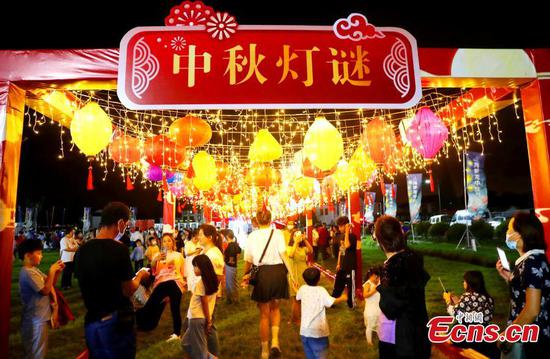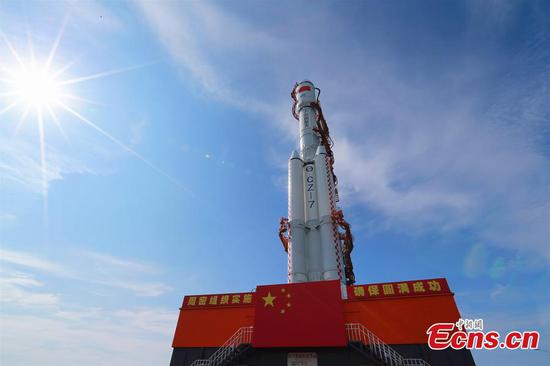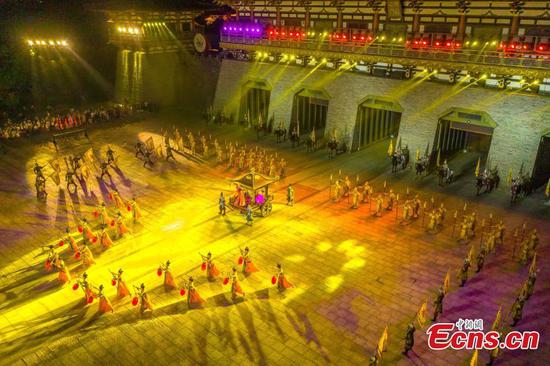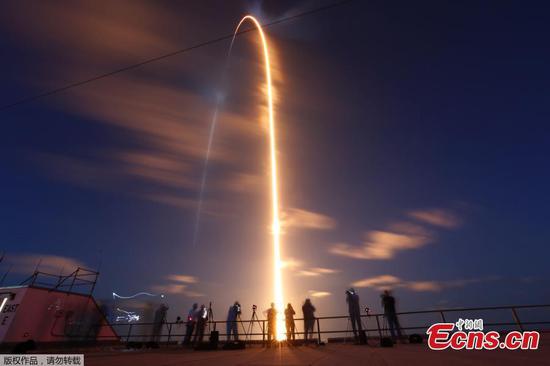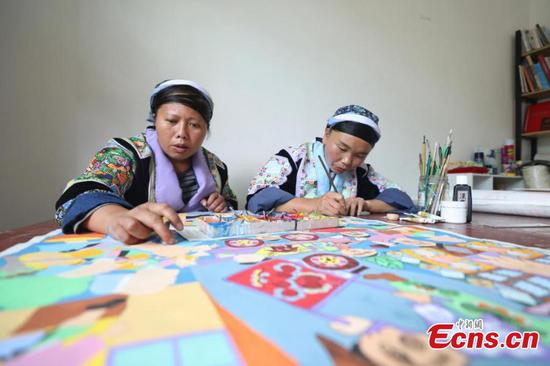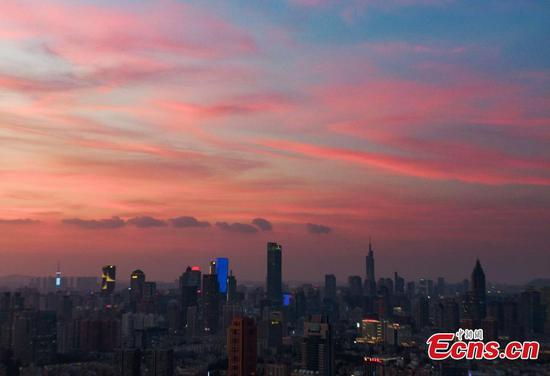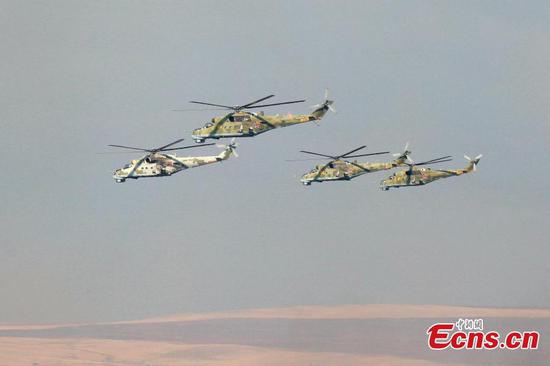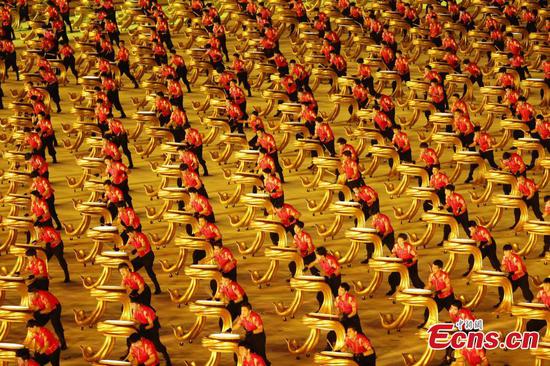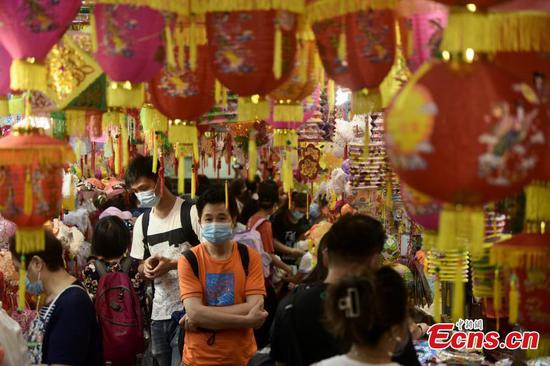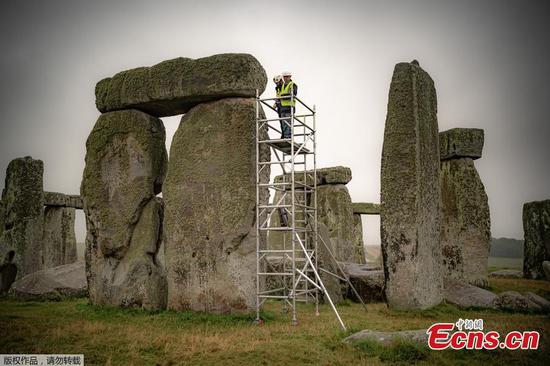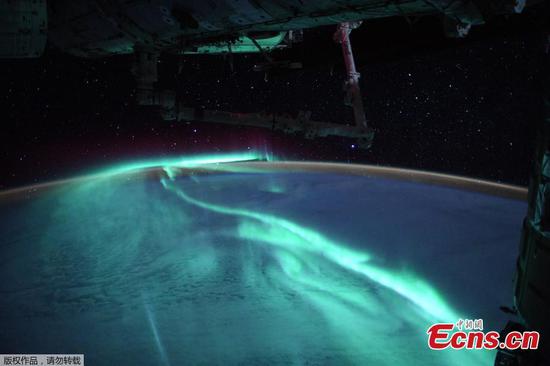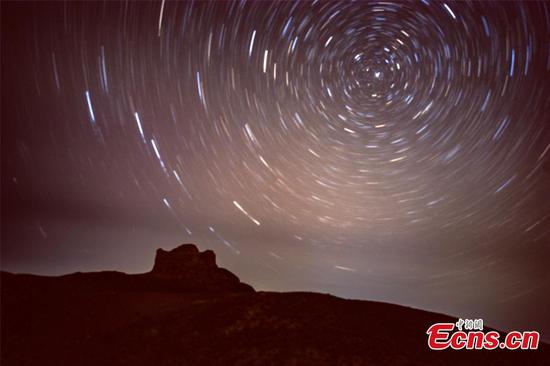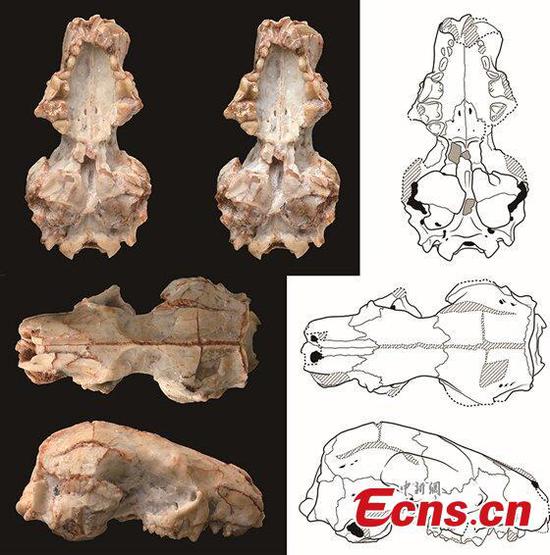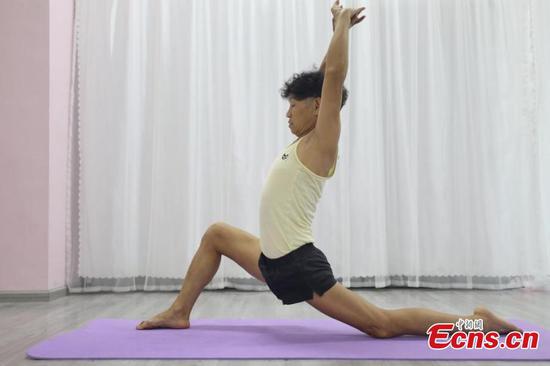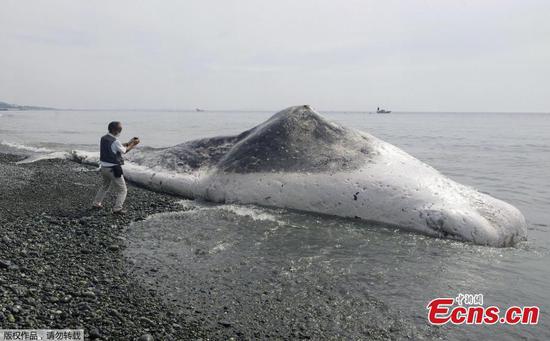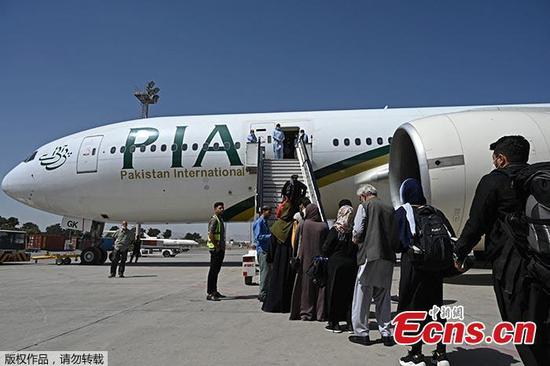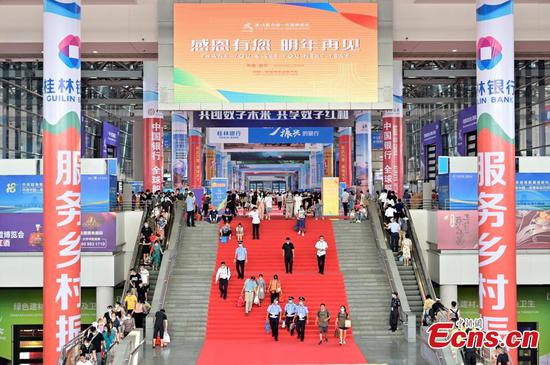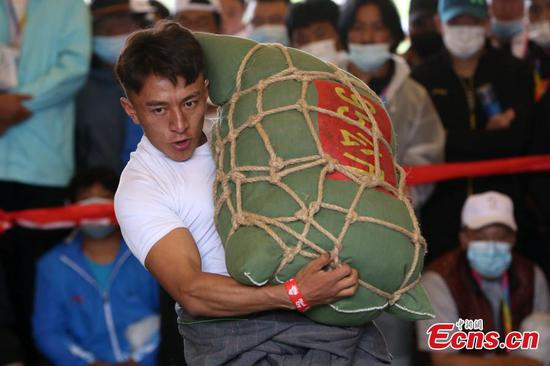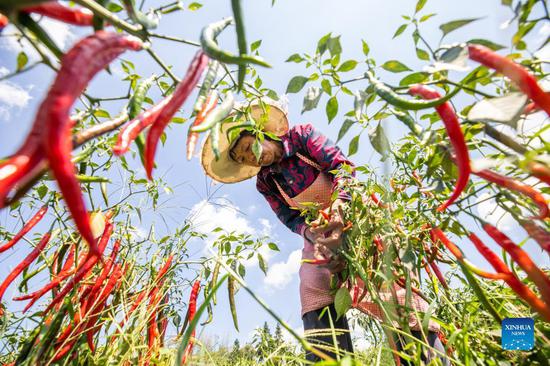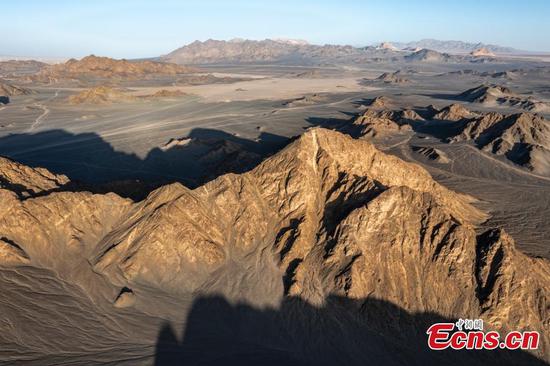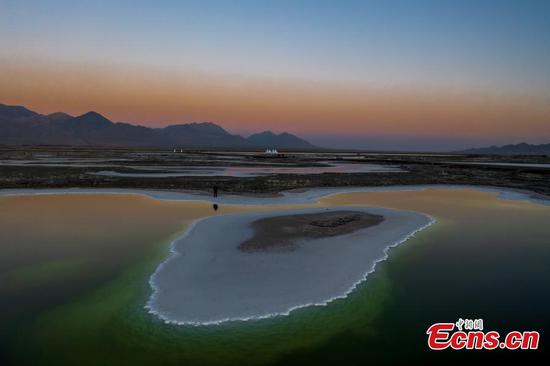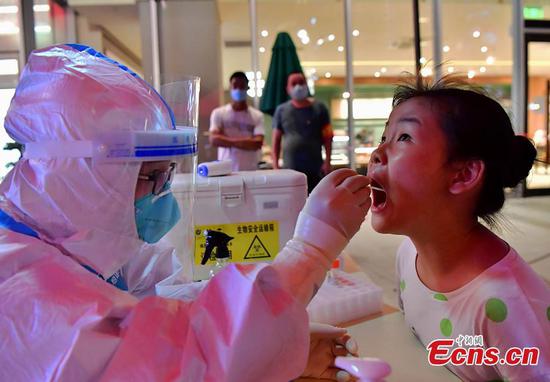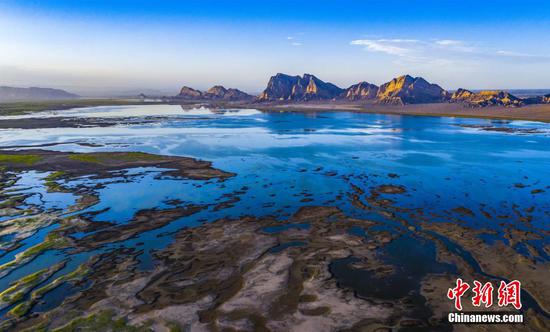The reentry capsule carrying crew members of the Shenzhou XII mission has landed in the Inner Mongolia autonomous region.
The capsule, with mission commander Major General Nie Haisheng, Major General Liu Boming and Senior Colonel Tang Hongbo inside, touched down at 1:34 pm at the Dongfeng Landing Site in the Badain Jaran Desert.
Ground personnel sent by the Jiuquan Satellite Launch Center have rushed to the landing point by helicopters and off-road vehicles and are preparing to open the capsule's hatch and then help the astronauts move out of the craft.
Nie and his crew spent 92 days in space since their Shenzhou XII spacecraft was launched at the Jiuquan center on June 17. They were the first inhabitants of China's permanent space station named Tiangong, or Heavenly Palace, living inside the gigantic station for 90 days.
During their stay with Tiangong, the astronauts carried out two extravehicular activities, or spacewalks, using a large robotic arm and other equipment to install and adjust devices outside the station. They also performed a number of scientific experiments and technological tests, and made video calls with President Xi Jinping and hundreds of researchers, teachers and students in Hong Kong.
On Thursday morning, they completed their final tasks -- configuring the space station, transmitting some experimental data back to ground control and arranging materials inside the station – and then left the station and returned to the Shenzhou XII spacecraft, which later departed the station.
Shenzhou XII was launched on a Long March 2F carrier rocket that blasted off on June 17 from the Jiuquan Satellite Launch Center in northwestern China. The astronauts entered Tiangong later that day.
Nie and his crew members were tasked with testing and verifying plans, technologies and equipment for crucial elements of the Tiangong station's construction and operation, such as astronauts' long-term mission arrangements, life-support system, in-orbit resupply, extravehicular activity and spacecraft maintenance and repair.
Their work was expected to enable the China Manned Space Agency to accumulate experience and check the capability, performance and compatibility of systems involved in the space station program to prepare for next steps in its construction.
The three-month-long Shenzhou XII mission, the nation's seventh manned space trek, is part of the Tiangong program, which aims to complete a three-component station in low-Earth orbit before the end of 2022.
The next crewed spaceflight – Shenzhou XIII – is scheduled to be launched in October at the Jiuquan center, sending another three astronauts to the Tiangong station to work there for six months.
In 2022, two large space labs will be launched to connect with the core module. Moreover, two manned missions and two robotic cargo flights will be made that year to continue construction of the Chinese space station, which is scheduled to become complete and start formal operation around the end of next year.
Upon its completion, Tiangong will be manned regularly by groups of three astronauts in periods lasting several months. During handovers to new three-member crews, the station will accommodate up to six astronauts.









